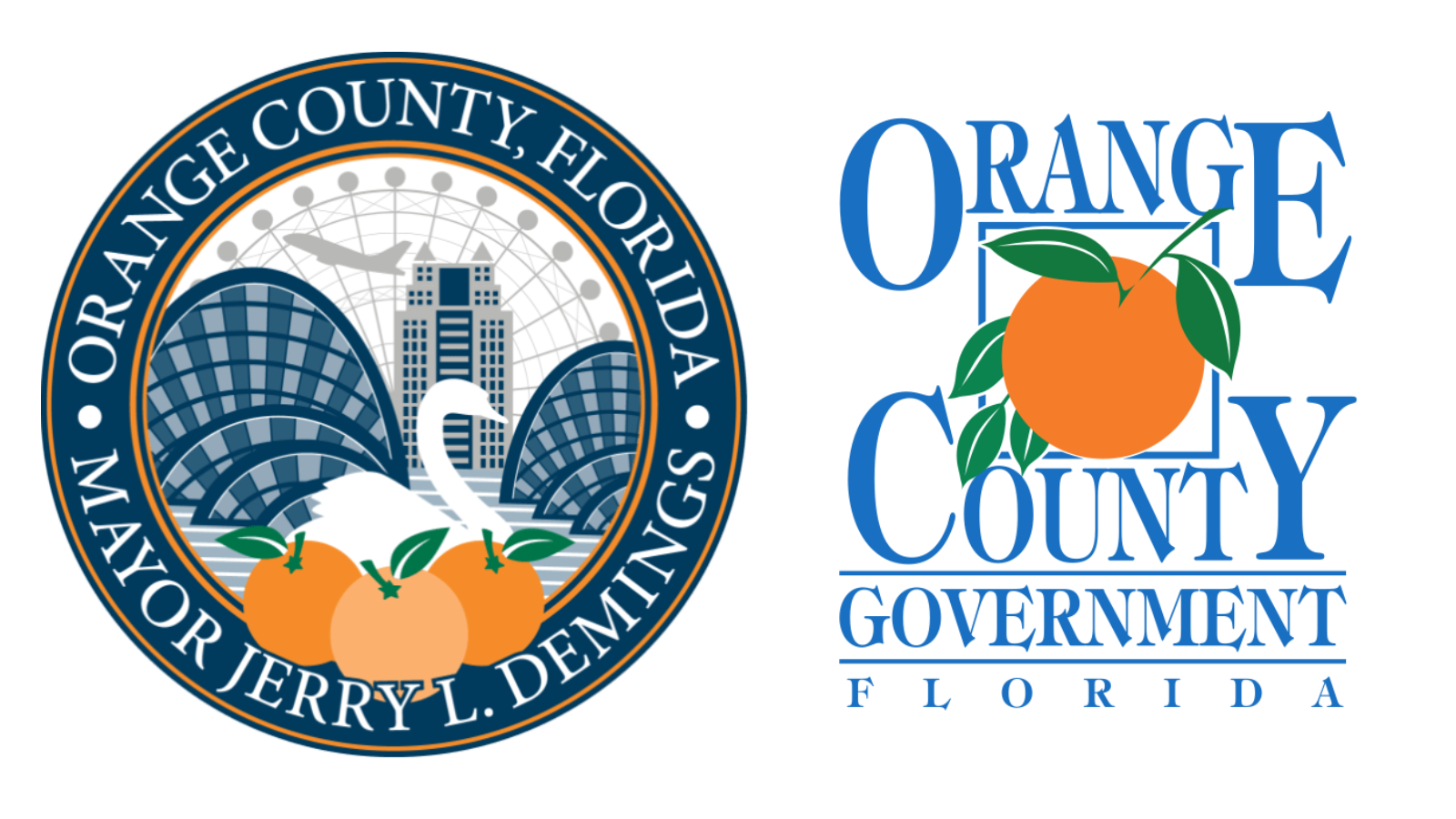Mayor's Letter
Greetings!
It is with great pleasure that we announce Orange County’s 200th anniversary! This year marks a significant milestone in our County’s rich history, which has been documented in this anniversary edition, “Two Centuries of Progress.”
READ MORE
MAYOR DEMINGS' LETTER

Orange County, once known as Mosquito County, was established on December 29, 1824. The county seat was and still is Orlando today. In 1845, the County’s name was changed to Orange County for the citrus groves that thrived in the area. According to the earliest records, by 1850, the population was 466 people. Today, Orange County is proud to be home to 1.5 million residents. Its boundaries once included Volusia, Brevard, Osceola, Lake, and Seminole counties. Historical records show that the first Orange County Board of County Commissioners meeting occurred on September 24, 1869. Today, Orange County’s Board of County Commissioners is one of the most diverse boards that represent the broad diaspora that makes up our community.
The 20th century ushered in a period of monumental growth for Orange County. The beginning development of Walt Disney World in 1964 transformed the region into a global tourist destination. Today, Orange County thrives as a center of tourism, commerce, and culture while still preserving its historical heritage. For a county that has been around for 200 years, it has not been without its challenges. However, due to the resilience and strength of the community, we continue to strive to meet the needs of all residents.
I hope you enjoy this 200th Anniversary edition as we highlight the many monumental events that helped shape Orange County and our local community. I encourage you to share the history of your family, business, school, faith-based or nonprofit organization with Orange County at www.ocfl.net/200. Once again, Happy 200th Anniversary, Orange County! I look forward to what the future holds for our community.
Sincerely,

Jerry L. Demings
Orange County Mayor
Orange County Board of County Commissioners
Nicole Wilson, District 1
Christine Moore, District 2
Mayra Uribe, District 3
Maribel Gomez Cordero, District 4
Kelly Semrad, District 5
Michael “Mike” Scott, District 6